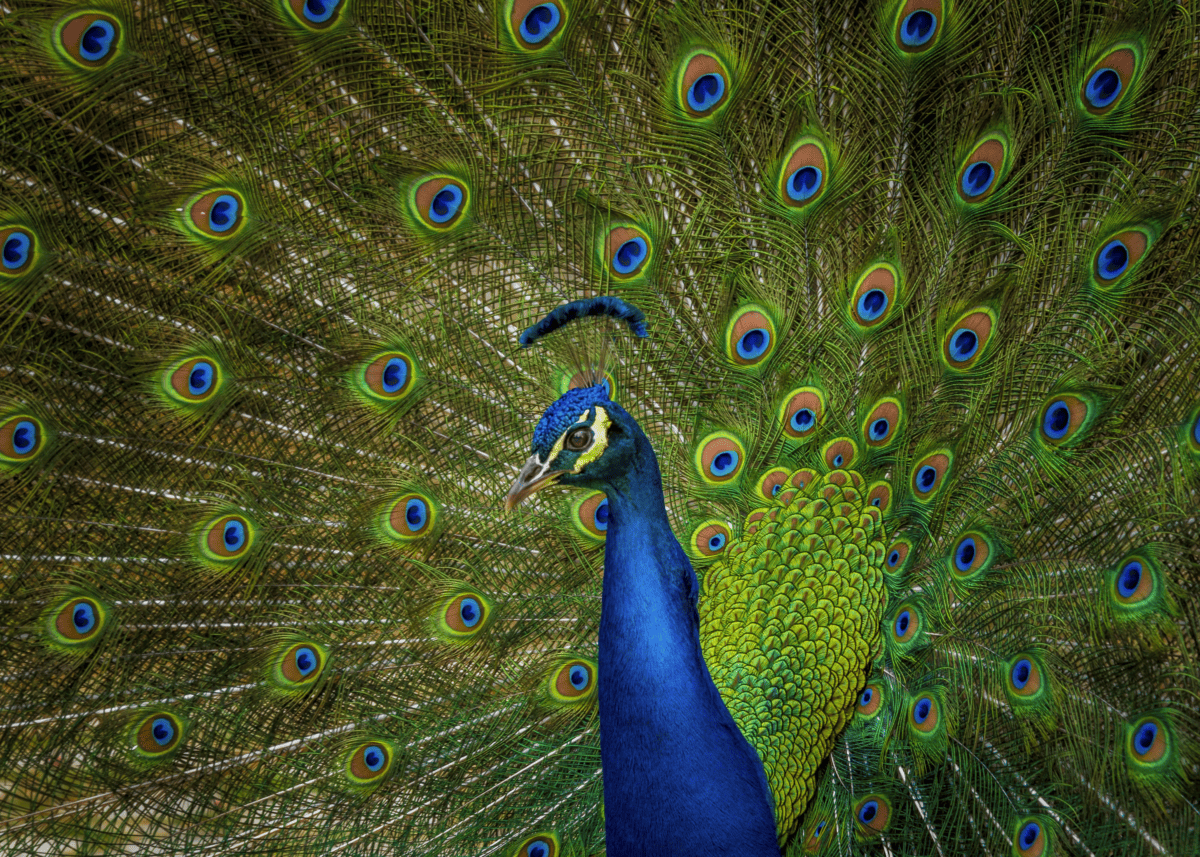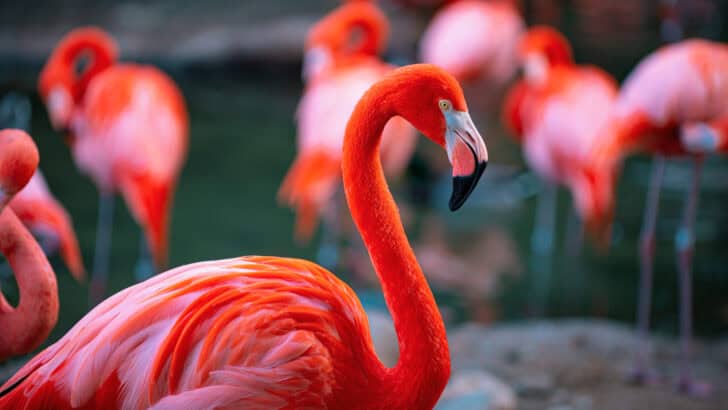For animals colors are more than just a nice to have. It tells stories of survival, of attraction, and sometimes, of deception. From the deep blue of a whale in the ocean to the stark white of a polar bear in the snow, each color serves a purpose.
Here we explore these colors. How they blend, stand out, or hide.
Animals by Color Article List
For animals its not just a nice to have. Colors in animals very often have a concrete purpose. For example Camouflage allows animals to blend into their environments, avoiding predators or sneaking up on prey. Bright colors can serve as warnings to potential predators about toxicity or to attract mates by displaying health and vitality. Some species may change color with seasons for better concealment or during mating periods to attract partners. The underlying mechanisms can involve genetic makeup, diet, and environmental factors.
Some animals can change their colors through specialized cells in their skin. Cephalopods like octopuses, squids, and cuttlefish use chromatophores, which are cells that can quickly change colors by expanding or contracting to reflect light differently. Reptiles, such as chameleons, undergo color change through a combination of chromatophores, structural changes in their skin, and by adjusting the space between nanocrystals within their skin cells. These changes can be triggered by environmental conditions, emotional states, and the need for camouflage or signaling.
Animals see colors differently based on the types and structures of photoreceptor cells in their eyes. Humans typically have three types of cone cells for color vision, allowing us to see a broad spectrum of colors. Many animals, however, have different sets of cone cells. For instance, dogs have two types of cone cells, leading to a more limited perception of color. Birds and many fish have four or more types of cone cells, enabling them to see a wider range of colors than humans, including ultraviolet light. The variation in color perception across species is closely related to their evolutionary needs and environmental interactions.
Newest Category: Animals by Color
- Top 7 Animals That Use Poison as a Weapon - June 21, 2025
- 10 Ways Crows Outsmart Other Birds - June 21, 2025
- 15 Deep Sea Creatures That Should Not Be Real - June 21, 2025



